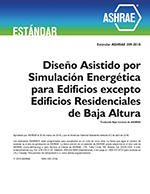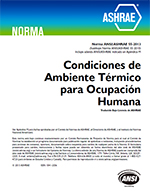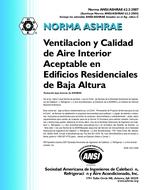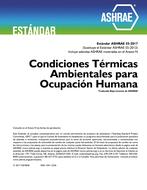Description
When a charging type electrostatic precipitator is used to clean the air in a ventilating system, the uncollected particles usually carry a positive electric charge. The mutual repulsion of these like charges creates an electric field which drives the particles toward the walls. Equations for calculating the resulting soiling were derived in the paper by Penney and Ziesse. (1) This was the first paper describing work on soiling under ASHRAE Project RP-60.
In order to apply these equations to conventional rectangular rooms, the electric fields at the walls must be known. This paper will derive equations for potentials and fields in rectangular rooms, assuming that the walls are at ground potential and that the charge density is uniform throughout the room.
In use, rooms will not be empty and walls will have irregularities so that the electric field will vary resulting in non-uniform soiling. Non-uniform soiling is particularly noticeable to the eye so that this must receive careful analysis. However it isadvisable to first take a simple case and this paper treats the simple case of the non-uniformities that exist in an empty rectangular room with perfectly smooth walls.
The main concern is with the calculation of maximum field, since this is the point of maximum soiling.
Citation: ASHRAE Transactions, Volume 76, Part 2, Kansas City, MO
Product Details
- Published:
- 1970
- Number of Pages:
- 10
- File Size:
- 1 file , 670 KB
- Product Code(s):
- D-KA-2146




